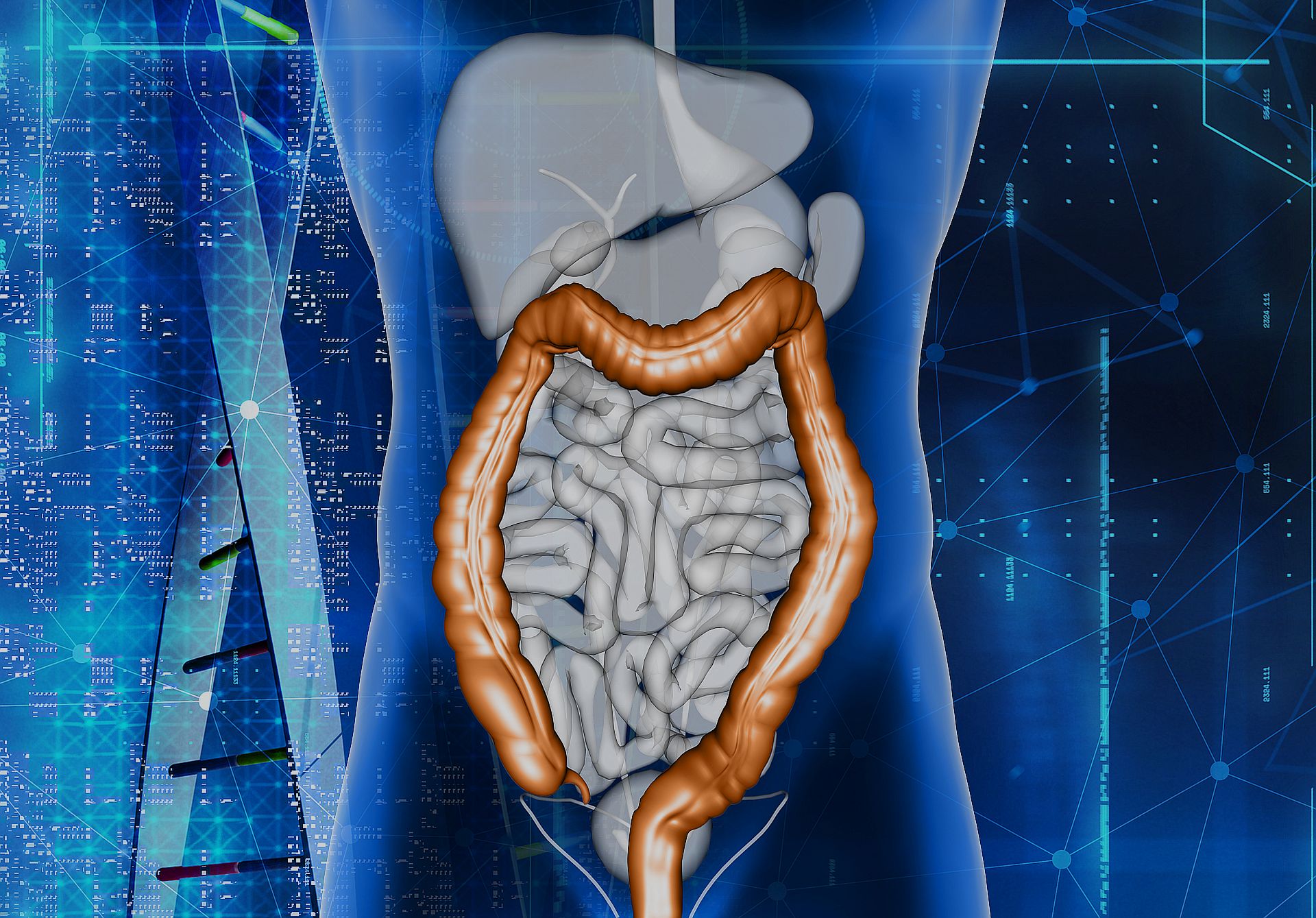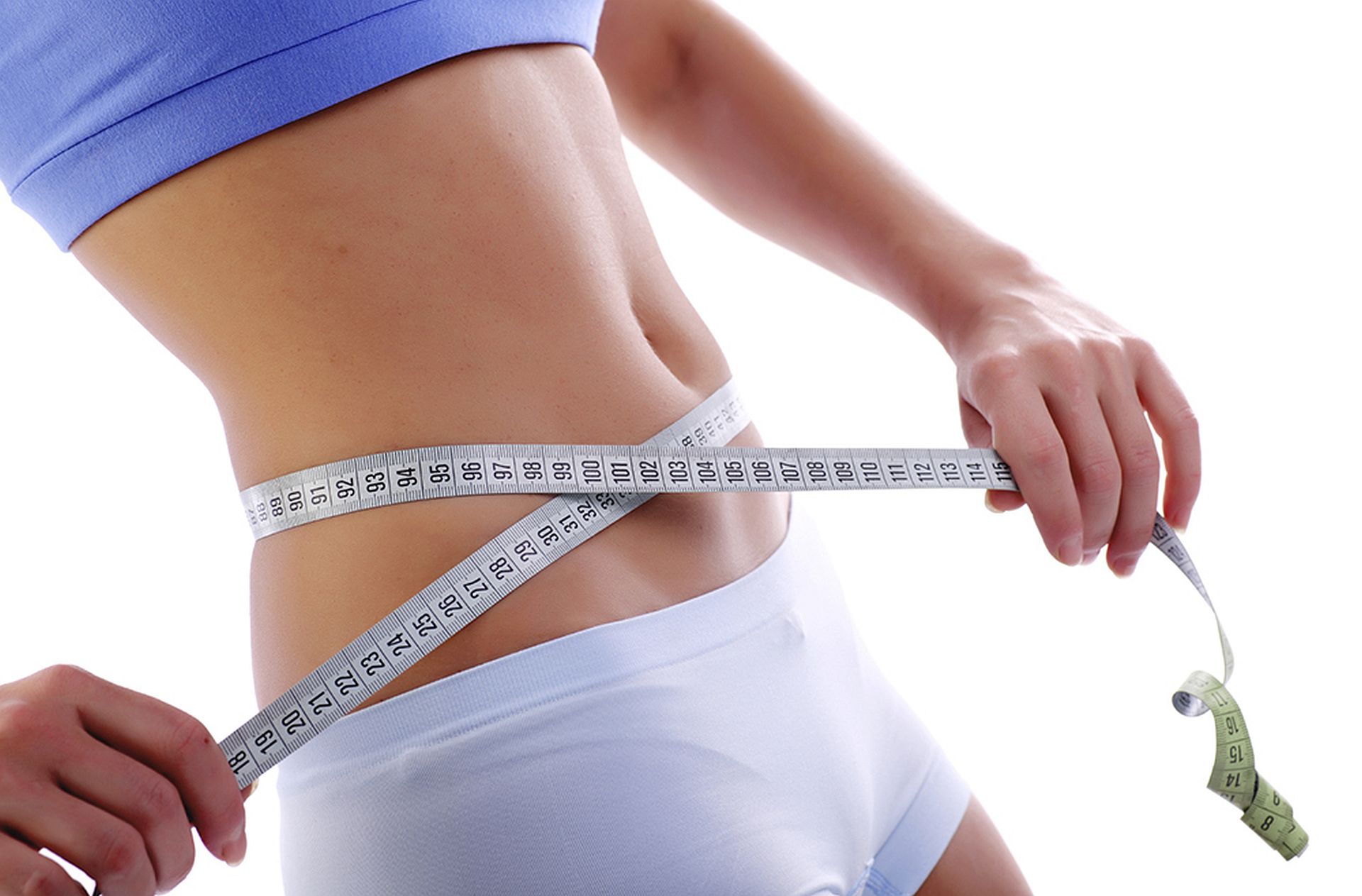Cardiovascular disease
The health of the cardiovascular system is crucial for maintaining quality of life, as it constantly provides the body with the essential nutrients required for life. Therefore, when it comes to cardiovascular diseases, it is important to pay attention...
Childhood diseases
The age of children is determined by certain physiological and psycho-emotional characteristics. Therefore, pediatric practice requires specialized diagnostic and treatment methods, as well as a specific approach. The use of invasive methods and chemicals must be strictly limited to...
Immune diseases and allergies
Autoimmune diseases are a hypersensitive condition of the immune system, in which the body attacks its own cells. In such cases, the body responds with a stronger immune reaction. This can manifest as hay fever, various allergies, and rheumatism....
Reproductive function disorders
The comprehensive treatments at the Calendula Clinic help restore the balance of body and soul for those facing fertility issues. Hormonal imbalances, sexual problems, and disorders are treatable challenges where it is important to heal not only the affected...
Respiratory disease
Humans breathe 24 hours a day – it’s an unconscious process. This is exactly why asthma and respiratory diseases can seriously affect our daily lives, as they disrupt a function that continuously influences our well-being. Constant shortness of breath,...
Gastroenterological diseases
The digestive system is one of the most important parts of the body, as this is where the nutrients necessary for the healthy functioning of our body are processed and utilized. If our digestive system is not functioning well,...
Metabolic disorders
Metabolic disorders are underlying diseases that make it difficult for the body to absorb nutrients. If the body does not receive the necessary nutrients, or is unable to process them in the correct quantity and quality, additional symptoms may...
Neurological disorders
Neurological diseases affect the lives of many people, making everyday tasks difficult and limiting normal functioning. Since the forms of neurological disorders are diverse, they can have different impacts on a person’s life. Trigeminal neuralgia causes painful attacks, while...
Disorders of the musculoskeletal system
Musculoskeletal disorders affect a large portion of the population, but in few cases, the root cause is effectively addressed and treated. Therefore, at Calendula Clinic, our specialists, physiotherapists, and doctors have developed targeted treatments to address the underlying causes...








